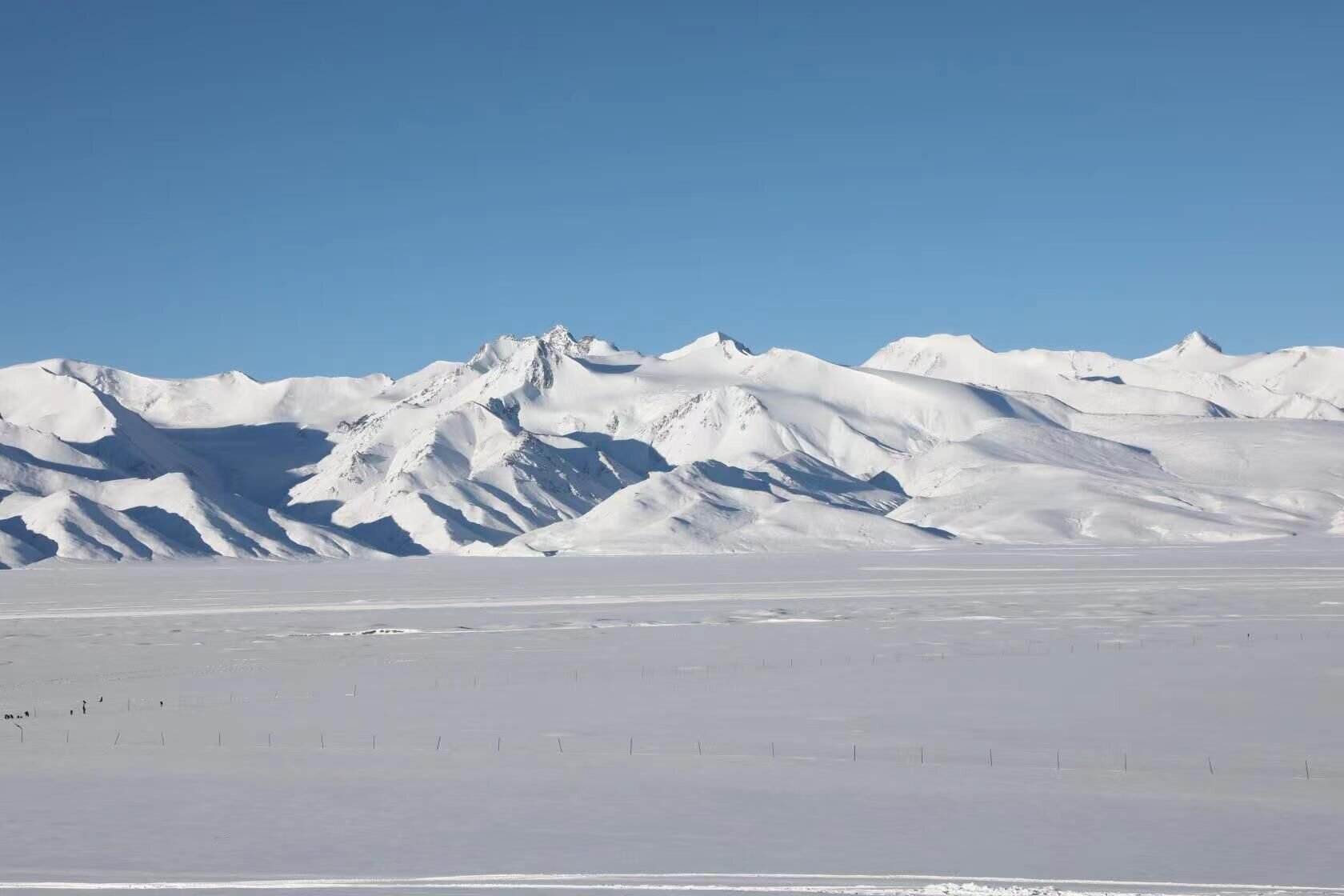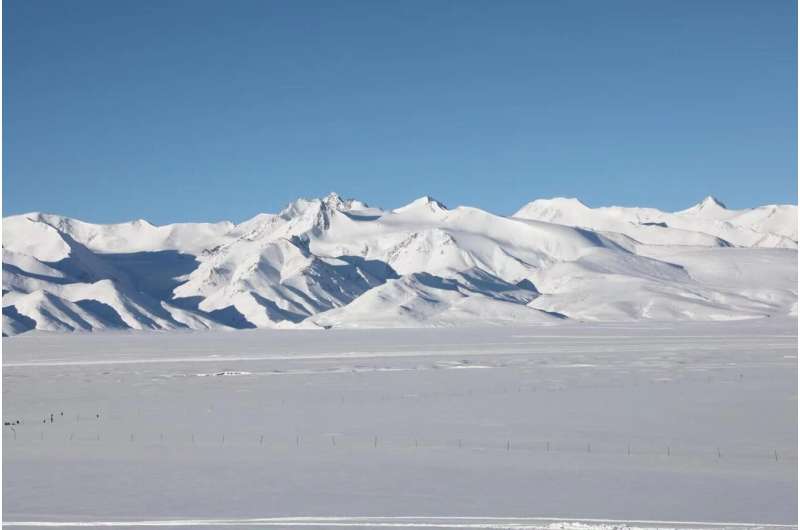

The Tibetan Plateau (TP) is referred to as the “water tower” of Asia for being home to the headwaters of many major rivers in Asia, including the Yangtze, Yellow, Ganges, and Indus. Therefore, TP precipitation is important for not only local, but regional water resources too. On the other hand, the TP can strongly modulate the Asian climate through dynamic and thermal processes. Previous studies have shown that TP snow in winter/spring can significantly influence the Asian monsoon at interannual to interdecadal time scales. TP snow increased after the late 1970s and decreased after the late 1990s, contributing to simultaneous East Asian summer rainfall changes. However, little attention has been paid to the possible mechanism of TP precipitation change at interdecadal time scales.
In an attempt to understand this issue, Associate Prof. Yali Zhu from the Institute of Atmospheric Physics, Chinese Academy of Sciences, has uncovered a tripole winter precipitation change pattern around the TP in the late 1990s. In this pattern, the precipitation decreased over eastern India, from the southern TP, to southern China, and increased in the two regions to the north and south. The results have been published in Atmospheric and Oceanic Science Letters.
Further dynamical diagnosis and numerical experiment results show that tropical Pacific SST changes can induce strengthened Walker circulation over the Pacific, causing ascending motion anomalies over the Indo-Pacific region. The regional meridional–vertical circulation is thus modulated, leading to descending motion anomalies over eastern India, to the southern TP, to southern China. Combined with the effect of the changes in the East Asian westerly jet stream, a tripole precipitation pattern is formed around the TP.
“But other factors can also influence TP precipitation change, and more investigation is needed,” adds Associate Prof. Zhu. Against the background of global warming, the impact of high-latitude climate systems, such as the Arctic sea ice, as well as anthropogenic activity, on TP precipitation, requires further analysis.
Precipitation in Central Asia shaped by sea surface temperature over tropical Pacific and North Atlantic
Yali Zhu, A tripole winter precipitation change pattern around the Tibetan Plateau in the late 1990s, Atmospheric and Oceanic Science Letters (2022). DOI: 10.1016/j.aosl.2022.100223
Chinese Academy of Sciences
Citation:
Discovery of a tripole winter precipitation change pattern around the Tibetan Plateau in the late 1990s (2022, May 31)
retrieved 31 May 2022
from https://phys.org/news/2022-05-discovery-tripole-winter-precipitation-pattern.html
This document is subject to copyright. Apart from any fair dealing for the purpose of private study or research, no
part may be reproduced without the written permission. The content is provided for information purposes only.